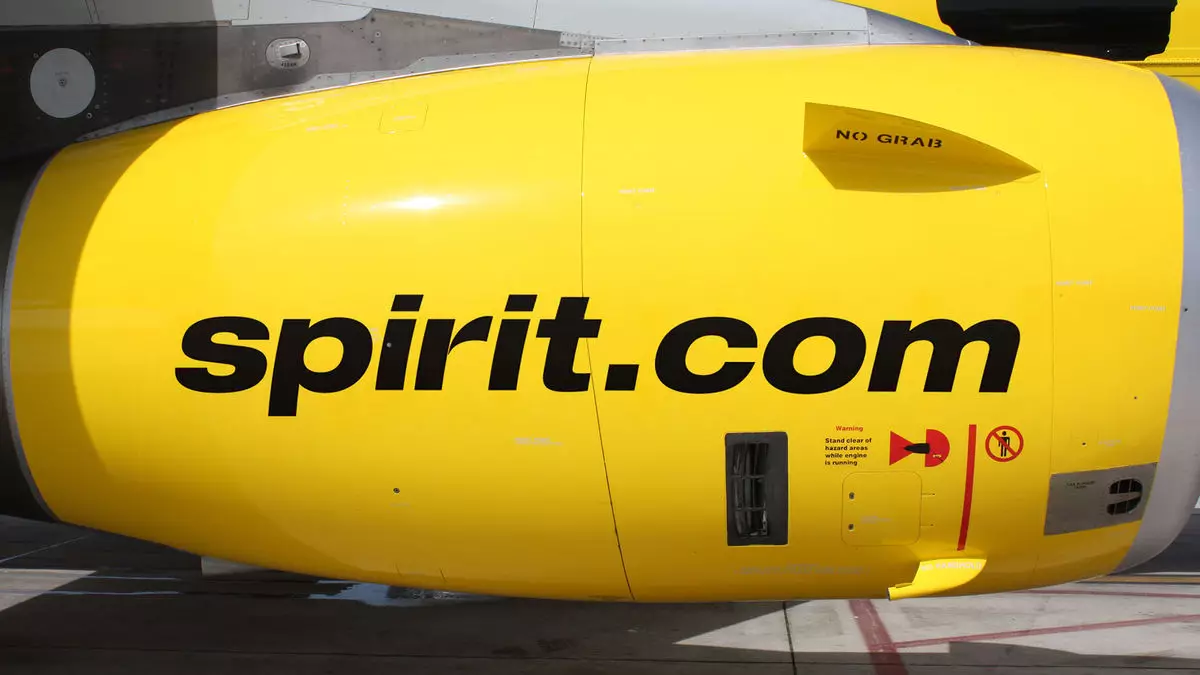In a significant move that reflects broader challenges within the airline industry, Spirit Airlines announced on Monday its filing for a “prearranged” Chapter 11 bankruptcy with the U.S. Securities and Exchange Commission. This decision illustrates a strategic effort to restructure its financial obligations and stabilize its operations amidst ongoing fiscal hardships. The airline’s proactive approach is rooted in a restructuring support agreement that enjoys backing from a substantial majority of its bondholders.
Spirit’s bankruptcy filing is aimed at reducing its overall debt while enhancing financial flexibility for future endeavors. Crucially, the airline has secured commitments for a $350 million equity investment from existing bondholders. This financial lifeline is intended to underpin the company’s monetary strategy as it seeks to convert $795 million of existing debt into equity. Furthermore, the bondholders’ provision of $300 million in debtor-in-possession financing, alongside Spirit’s existing cash reserves, is designed to carry the airline through this challenging phase.
The timing of this announcement comes after Spirit postponed its quarterly earnings report, signaling internal challenges in restructuring amid significant financial losses. The company reported a staggering $61 million drop in year-over-year operating revenues, citing reduced average yields and the elimination of change and cancellation fees as contributing factors. Additionally, rising operational costs have compounded the issue, indicating a comprehensive need for immediate action to correct the trajectory of the airline’s profitability.
Rumors of an impending bankruptcy filing had circulated for months, particularly following the failed $3.8 billion merger with JetBlue—a decision thwarted by regulatory challenges from the U.S. Department of Justice. The collapse of this deal not only limited Spirit’s growth potential but also intensified scrutiny regarding its sustainability amidst rising competition and shifting consumer behavior in the airline sector. In light of these factors, Spirit’s management has assured customers that travel plans—such as existing tickets, credits, and loyalty points—will remain intact, suggesting a commitment to maintaining customer relations even amidst internal turmoil.
Spirit Airlines’ recent filing for Chapter 11 bankruptcy serves as a crucial juncture in the airline’s operations, emblematic of larger trends affecting the aviation industry. While the restructuring process presents significant challenges, it also offers the potential for revitalization. The airline must act swiftly to reassure stakeholders and renew its strategic focus on enhancing customer experience as it navigates through financial turbulence. Ultimately, how Spirit Airlines leverages its support from bondholders and addresses its operational inefficiencies will determine its success in reclaiming a robust position in the competitive airline marketplace.


Leave a Reply